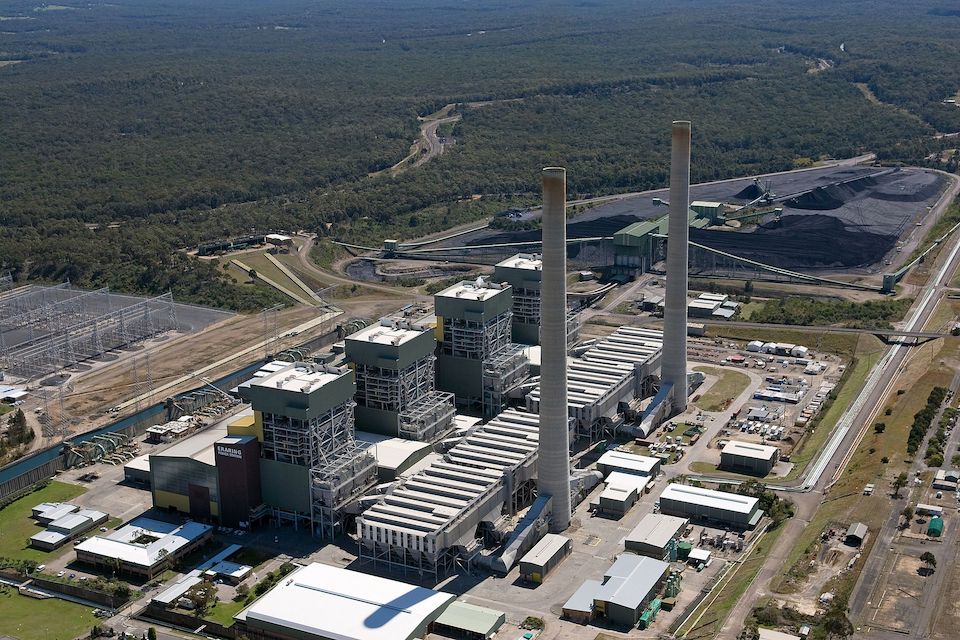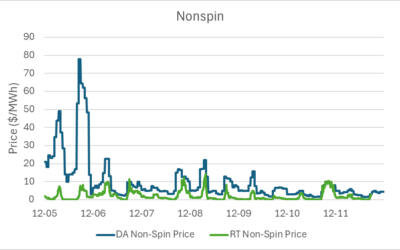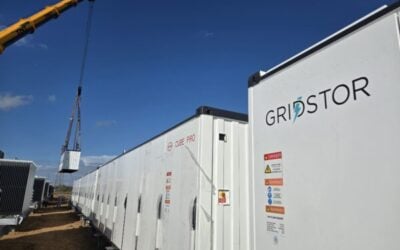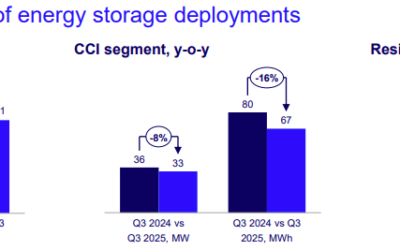
The Australian Energy Market Operator (AEMO) has said that despite concerns about grid reliability in 2027-28, following the closure of the 2.8GWh Eraring coal-fired power station in New South Wales, energy storage will help alleviate the pressure.
Detailed within its 2024 Electricity Statement of Opportunities (ESOO) report, which provides a 10-year outlook of investment requirements to maintain reliability for the National Electricity Market (NEM), energy storage projects such as the 1.6GWh Orana BESS and the 2.2GWh Richmond Valley BESS, alongside the HumeLink transmission project, will partially mitigate some of the risk.
The report also details that 3.9GW/13.5GWh of BESS has been connected to the NEM in the past 12 months, trumping other technologies. Large-scale solar PV, on the other hand, saw 1.2GW connected.
In early 2022, Origin Energy, the power station’s owner, said it would be retiring the coal-fired power plant in 2025, yet in May 2024, the New South Wales government controversially extended this by an additional two years to “guarantee a maximum of electricity supply”. The new expected closure date is scheduled for August 2027.
Try Premium for just $1
- Full premium access for the first month at only $1
- Converts to an annual rate after 30 days unless cancelled
- Cancel anytime during the trial period
Premium Benefits
- Expert industry analysis and interviews
- Digital access to PV Tech Power journal
- Exclusive event discounts
Or get the full Premium subscription right away
Or continue reading this article for free
At the time, AEMO stated that, without Eraring, New South Wales would face energy reliability risks from 2025, instead of the predicted 2027-2028 forecast now. As such, the state government is subsidising the power station to ensure it can remain operational.
Although the decision remains controversial, global market research organisation Cornwall Insight revealed that extending Eraring’s service will cut New South Wales’ power prices by 44%, dropping from a predicted AU$153/MWh (US$104/MWh) to AU$86/MWh in 2026. However, question marks remain over the power station’s use and impact on New South Wales and Australia’s climate goals.
It is worth noting that Origin Energy is in the process of developing two BESS at Eraring. Stage 1 of the project saw a 460MW/1073MWh 2-hour duration BESS being constructed, with a new additional 240MW/1030MWh grid-forming BESS having been approved late last month (25 July).
This article is adapted from a piece which first appeared on our sister site PV Tech.





